Thermostats won't work
Condo Home
5 years ago
Featured Answer
Sort by:Oldest
Comments (23)
Condo Home
5 years agolast modified: 5 years agoRelated Professionals
Lodi Solar Energy Systems · Richfield Solar Energy Systems · Pittsburgh Home Automation & Home Media · Pittsburgh Home Automation & Home Media · Downers Grove Fireplaces · Olathe Fireplaces · Erlanger General Contractors · Evans General Contractors · Montclair General Contractors · Schertz General Contractors · Eastvale Solar Energy Systems · Fort Lee Solar Energy Systems · Rosemount Solar Energy Systems · Bay Point Home Automation & Home Media · Park Ridge Home Automation & Home MediaCondo Home
5 years agolast modified: 5 years agoCondo Home
5 years agolast modified: 5 years agoCondo Home
5 years agoDavidR
5 years agomike_home
5 years agoDavidR
5 years agomike_home
5 years agoCondo Home
5 years agolast modified: 5 years agoCondo Home
5 years agolast modified: 5 years agoCondo Home
5 years agolast modified: 5 years agomike_home
5 years agolast modified: 5 years agoDavidR
5 years agomike_home
5 years agoDavidR
5 years agomike_home
5 years agoweedmeister
5 years agolast modified: 5 years agoCondo Home
5 years ago
Related Stories
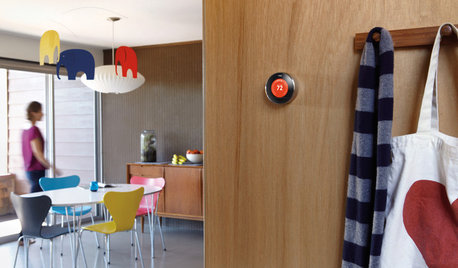
HOME TECHWhy Google Just Paid $3.2 Billion for a Company That Makes Thermostats
Smart home technology just got a new champion — and everyone is speculating about the reasons
Full Story
LIFEModern Manners for Conflict-Free Family Visits
Avoid thermostat wars, pet peeves and the great shower squeeze with these tips for having family as houseguests
Full Story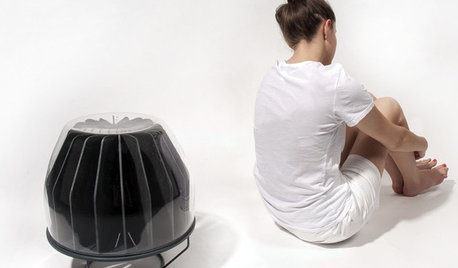
GREEN DECORATINGA New Breed of Space Heaters Helps You Stay Toasty in Style
Shiver no more with style-conscious heaters that let you turn down the thermostat and snuggle up in warmth
Full Story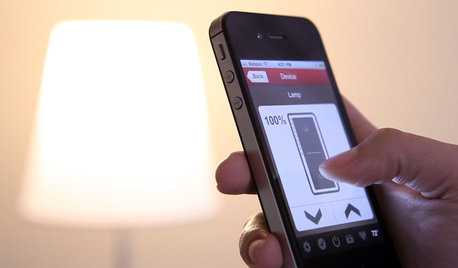
HOME TECHSwitch On the Phone-Controlled Home
Lock your front door from afar, let your thermostat set itself and more when you use your phone as a control device
Full Story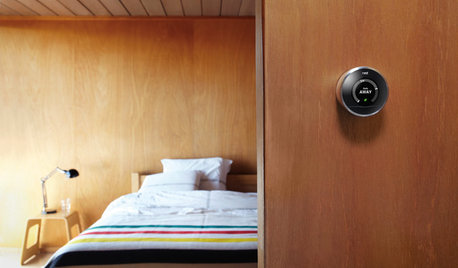
ACCESSORIESEveryday Home Must-Haves Beg for a Makeover
The Nest's much-improved take on the thermostat has us pondering reinventions of other necessities around the house
Full Story
FEEL-GOOD HOMEStop That Draft: 8 Ways to Keep Winter Chills Out
Stay warm without turning up the thermostat by choosing the right curtains, windows and more
Full Story
HOUSEPLANTSMeet a Long-Lasting Houseplant With a Forgiving Heart
Low light and little watering won't scar Zee Zee plant for life; this East Africa native has a tolerant nature and an exotic beauty
Full Story
REMODELING GUIDESBanish Gizmo Blemishes on Your Walls
Unsightly switches, vents and outlets can ruin your interior design's clear complexion. Keep the look pure with an architect's tips
Full Story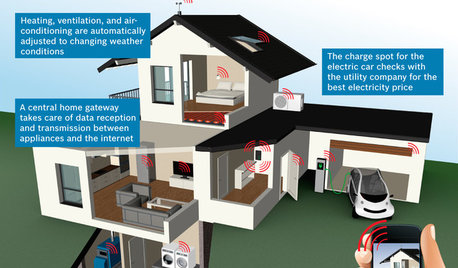
THE HARDWORKING HOMECES 2015: Inching Toward a Smarter Home
Companies are betting big on connected devices in 2015. Here’s a look at what’s to come
Full Story
DECORATING GUIDES12 Ways to Hide a Flaw on the Wall
Some things you just can’t get rid of. But that doesn’t mean you can’t conceal them with a little design know-how
Full Story





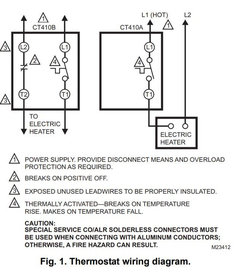

DavidR